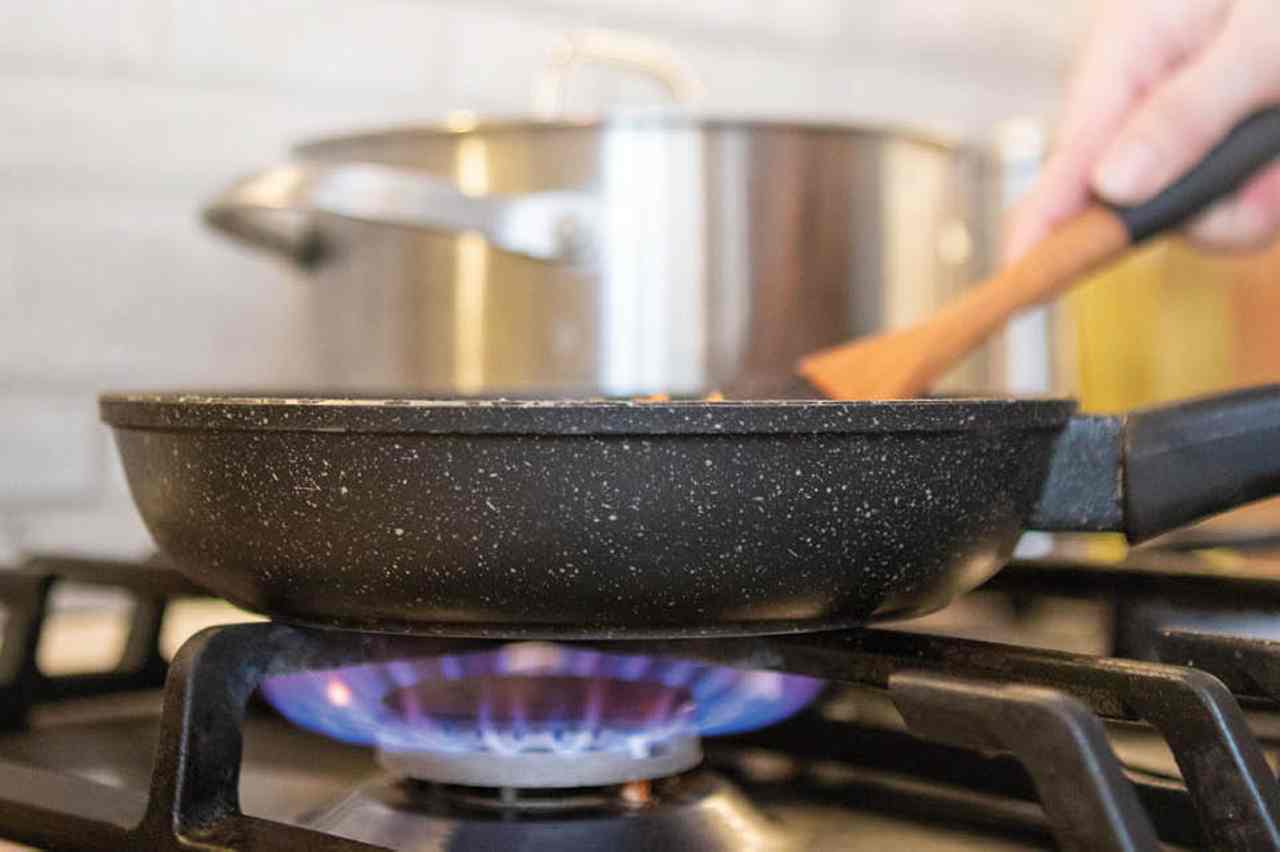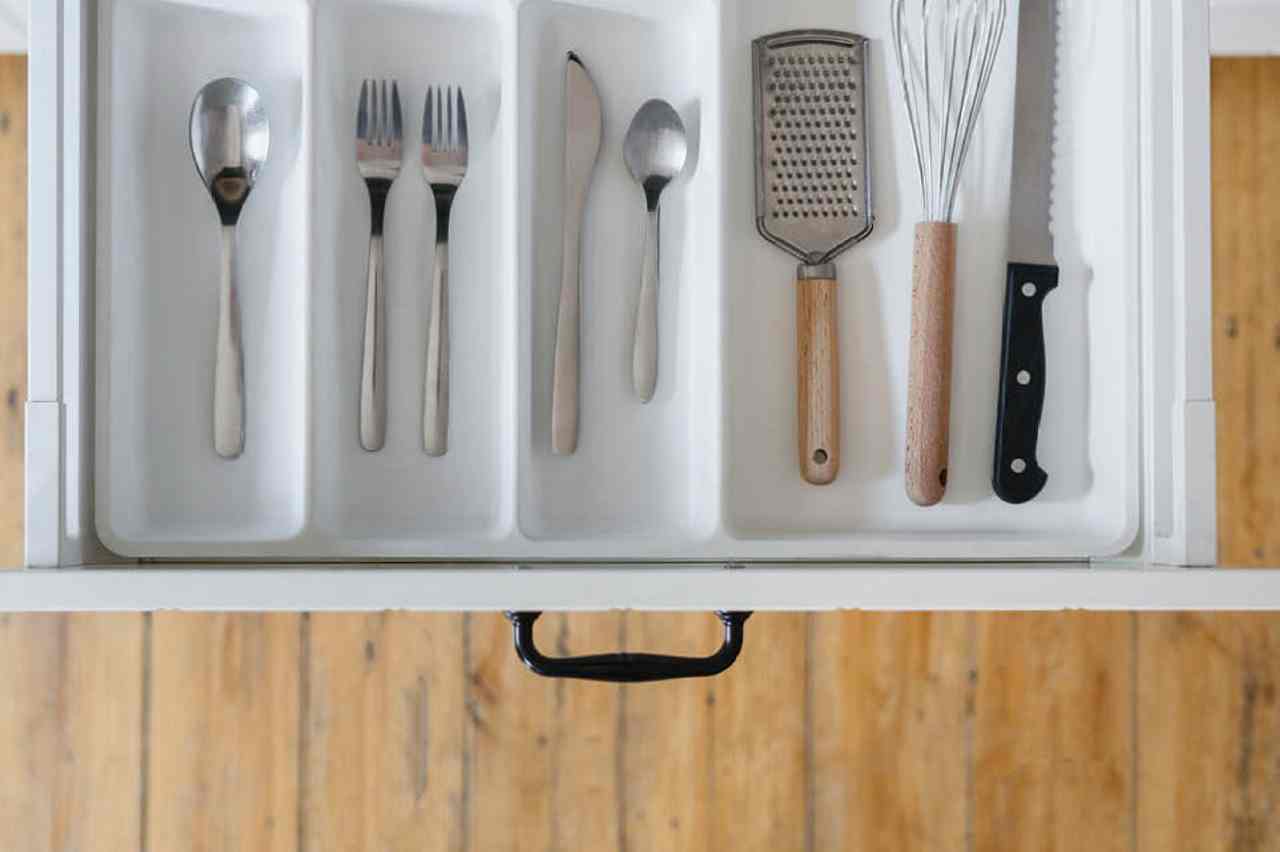As we head into a new season of showers, flowers, and sunshine, many of us have spring cleaning on our minds.
This time of year is always a perfect reminder for me to kick off my favorite quarterly 14-day reset of my nutrition and eating habits, as well as address my home environment with a strategic refresh.
While it may not be what’s traditionally thought of when we get ready to sweep and scrub, environmental pollutants can have a significant negative impact on our health, and detoxing our homes can be a great step forward in reducing our overall exposure.
A few small efforts go a long way. Use the guide below as your go-to checklist this season to give your home a healthy refresher.
Detox Your Pantry
While this section doesn’t address pollutants, as you’re cleaning out your spaces, cupboards aren’t to be ignored.
When it comes to making an impact on health, nutrition is undoubtedly king (or queen) — and your nutrition habits start with your nutrition environment. If you have healthy foods at home, you’ll default to eating healthy foods. If you have low-nutrient-density processed foods at home, those will end up as a staple in your routine.
The easiest way to go about detoxing your pantry is to take inventory to determine both what you need to restock and what you’re better off to toss. Here are some tips:
Go through your spice cabinet.
Most dried and ground spices lose freshness after six to 12 months. Aim to replace any lingering or stale ones that have been collecting dust. Note that if they’re still fragrant, they’re likely OK. It might also be worth tossing out any seasoning packets, which are often loaded with added preservatives. Opt for making your own spice blends instead.
Evaluate packaged products.
Check to see if you have anything that is taking up space and not serving your goals. This could be items such as a half-used bag of chocolate chips or an old bottle of refined vegetable oil. Give labels a good look to ensure you’re not holding onto anything with sneaky, unwanted ingredients.
Replace your oils.
All fats can go rancid, which can negatively impact flavor, health, and even how they function in a recipe.
Saturated fats (such as ghee, coconut oil, and lard) tend to be more stable and resilient to temperature changes. Coconut oil typically has a one- to two-year shelf life, and ghee and lard are best kept in the fridge for up to six months or so for freshness. Unsaturated fats (such as olive oil, avocado oil, and flax seed oil) are more delicate and need to be replaced more frequently — ideally every few months.
You may want to do a clean sweep of your oils, being sure to eliminate highly processed ones such as canola, vegetable, safflower, and soybean oils. Also consider switching up your storage method to ensure fats are in dark glass and away from heat and light. Certain oils, such as flax seed oil, are also best kept in the fridge.
Consider the next best option.
While most healthy nutrition plans follow an 80/20 mindset (think on track 80 percent of the time, with wiggle room 20 percent of the time), certain swaps are slightly more advantageous to health for very minimal trade-off. Two examples that come to mind are replacing refined pasta with a more fiber- and protein-rich chickpea pasta, or trading high-sodium, gluten-containing soy sauce for coconut aminos. Here’s a list of a few suggestions you can use for easy reference:
| Swap This | For This |
| Chocolate chips | Cacao nibs |
| Soy sauce | Coconut aminos |
| Canola oil | Avocado oil |
| Conventional nut butters | Nut butters without hydrogenated oils or added sugars (only nuts and salt) |
Detox Your Bathroom
Between cosmetics, cleaning supplies, aerosols like hairspray, and toiletries, our bathrooms could all use some detox-supporting TLC. Once you become aware of all of the endocrine-disrupting pitfalls of traditional personal-care products and makeup, it can feel overwhelming to figure out how to reset.
My recommendation is to start with what will have the biggest impact that you use most frequently. For example, your whole-body lotion and body wash tend to cover more surface area than your mascara. Here are two easy swaps you can make yourself to replace those:
Homemade Body and Hand Lotion
Ingredients:
- 1/4 cup olive oil
- 1/4 cup emulsifying wax
- 1 ¼ cups water
- 15–20 drops essential oil (optional)
Directions:
- Combine the oil and wax in a glass measuring cup. Microwave for about one minute, until melted.
- Fill another measuring cup with water (a coffee mug works well, too). Heat in the microwave on high for one minute, or until it boils.
- While the water is heating, add the essential oil drops (if desired) into the melted oil/wax mixture. This will add a subtle scent to your lotion.
- Combine the water and oil/wax mixture together. Your lotion should now have the consistency of skim milk.
- Let it cool slightly, stir, and pour the lotion into a bottle (wide-mouthed are the easiest) while it’s still warm and pourable. Let cool overnight before use.
Homemade Body Wash
Ingredients:
- 1/3 cup honey
- 1 cup liquid Castile soap
- 2 tsp. oil (such as jojoba, olive, or almond)
- 1 tsp. vitamin E oil
- 30–40 drops essential oil (optional)
Directions:
- Combine all ingredients in a small bottle and shake prior to each use. Will keep for one year.
Here are a few other bathroom tips:
- Be sure to ventilate the room well when using aerosols such as dry shampoo or hairspray.
- Limit the use of aerosol air fresheners or plug-in scents.
- Try cleaning tile with equal parts white vinegar and distilled water. This can also be used as a glass cleaner when poured in a spray bottle.
- If you have a shower curtain, opt to replace it with one that is free of PVC (polyvinyl chloride), which can off-gas compounds that have potential negative health effects.
Detox Your Bedroom
Bedding
Our bedding and mattresses can harbor dust mites, allergens, and bacteria. Be sure to use pillow covers and mattress liners that are tightly weaved and easy to wash (while avoiding vinyl) on a regular basis. Daily, aim to pull off any heavy covers to allow humidity or sweat to dry and dissipate.
This time of year, it can be helpful to strip your bedding and comforters and wash them well in hot water with a thorough rinse and trip through the dryer. For many, this might warrant a visit to the laundry mat to ensure you’re using equipment large enough to really agitate the fabrics and have the space required to rinse and dry thoroughly.
It’s also helpful to replace your pillows annually, as they’re exposed to oil from your hair and skin — along with dead skin cells — nightly.
Linens and clothes
To further reduce your exposure to environmental pollutants, use a more natural laundry detergent without added fragrances. If you use fabric softener, replace it with a splash of vinegar during the rinse cycle.
One important swap to consider is ditching dryer sheets for wool dryer balls instead. Dryer sheets often contain fragrances that can stick to clothes (and have potential implications for irritation to the skin, eyes, nose, and respiratory tract) along with VOCs, or volatile organic compounds. VOCs are a group of chemicals that contribute significantly to indoor air pollution. Chronic exposures are linked to cancer, liver and kidney issues, and nervous system damage.
Lighting
The bedroom is an important place to consider replacing your light sources. Bright, fluorescent lighting and bulbs that emit blue light can be disruptive to melatonin production and sleep. Aim for warm, orange-red hues for lighting in your bedroom, especially into the evening hours.
Whole-House Must-Do’s
A few tried-and-true adjustments can make a big difference in every room of your house. Here are some of the most doable go-tos:
- Consider diffusing essential oils instead of using fragranced, paraffin candles which can pollute the air.
- Open your windows daily for 15 minutes and use fans to refresh the air in your home. Indoor air pollution from volatile organic compounds can stack up quickly, as the VOCs are released as gasses from building materials, paint, carpet, vinyl, new furniture, conventional cleaning products, chemical air fresheners, and more.
- Vacuum and dust regularly, as dust often contains dead skin, pathogens, and even potentially harmful chemicals. Remember to address often-forgotten places, such as ceiling fans and behind appliances.
- Shut off your Wi-Fi when it’s not in use (such as at night) to limit exposure to EMFs (electromagnetic fields).
- Green up with houseplants. While they’re pretty to look at and the natural colors alone can help create a soothing environment, many varieties have the added bonus as acting as natural air purifiers.
Our home environments are powerful tools for our health. With some time and intentionality, they can be set up to support your healthy way of life journey — and there’s almost no better time to do so than at the start of a season of renewal.





